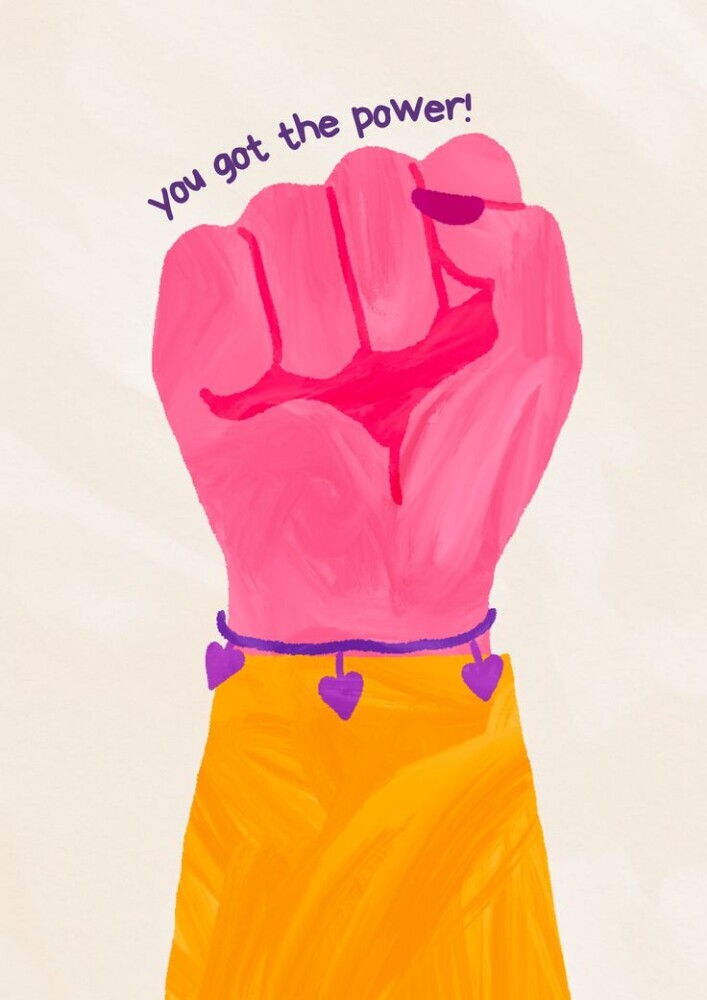
Ah, gender stereotypes—the pesky, outdated ideas about what men and women should be like. In South Asian societies, they can feel like that one clingy relative who overstays their welcome at every family gathering. You know they shouldn’t be there anymore, but they’re just… there. So why do these stereotypes keep hanging around like it’s 1950? Let’s unpack this together.
The Weight of Tradition
First off, let’s talk about tradition. South Asia is a region where cultural roots run deep—like, really deep. We’re talking centuries-old norms that still dictate how people live today. For example, a “good woman” is often expected to be nurturing, family-focused, and submissive, while men are seen as providers and protectors. It’s not that these roles are inherently bad, but when they become mandatory, that’s where the problem starts. People cling to these roles because it feels familiar and “safe,” even if it’s stifling.
The Role of Religion
Religion also plays a huge role in shaping gender expectations. While religious teachings themselves are often more nuanced than we give them credit for, interpretations can get rigid. Many South Asian communities use religion to justify stereotypes, even if those interpretations don’t always align with the original messages of equality and compassion.
Family Pressure—The Ultimate Guilt Trip
Oh, the family dynamics! In South Asian households, family is everything, and what they think of you often feels more important than what you think of yourself. Parents, grandparents, aunts, uncles—everyone has an opinion on how you should behave based on your gender. “Beta, don’t laugh too loudly; you’re a girl!” or “Be a man; don’t cry!” Sound familiar? It’s a never-ending cycle, and breaking out of it can feel like a betrayal.
Media: The Silent Reinforcer
Let’s not ignore the media’s role here. Bollywood, Pakistani dramas, and other forms of South Asian entertainment have traditionally reinforced these stereotypes. Heroine? She’s shy, self-sacrificing, and pure. Hero? Strong, brooding, and emotionally unavailable. While there’s been progress, these cookie-cutter characters still dominate screens, shaping how society views gender roles.
Fear of Change
Here’s the kicker: change is scary. Challenging these norms means stepping into uncharted territory, and that can be uncomfortable for many. People worry that shaking up gender roles will “destroy culture” or “ruin family values.” But honestly, isn’t culture about evolving while staying rooted in what truly matters—like respect, love, and fairness?
But There’s Hope!
The good news? Things are shifting. Thanks to education, social media, and more global exposure, people are starting to question these stereotypes. Women are stepping into leadership roles, men are embracing vulnerability, and younger generations are so over being boxed into outdated roles.
Ultimately, breaking free from these stereotypes is a collective effort. It starts with conversations—like this one—and continues with challenging norms in our own lives. Sure, it’s not easy, but if we’ve learned anything from South Asian resilience, it’s that change is possible.
Let’s uninvite those clingy stereotypes to the family gathering, shall we? 🚪👋
No Responses